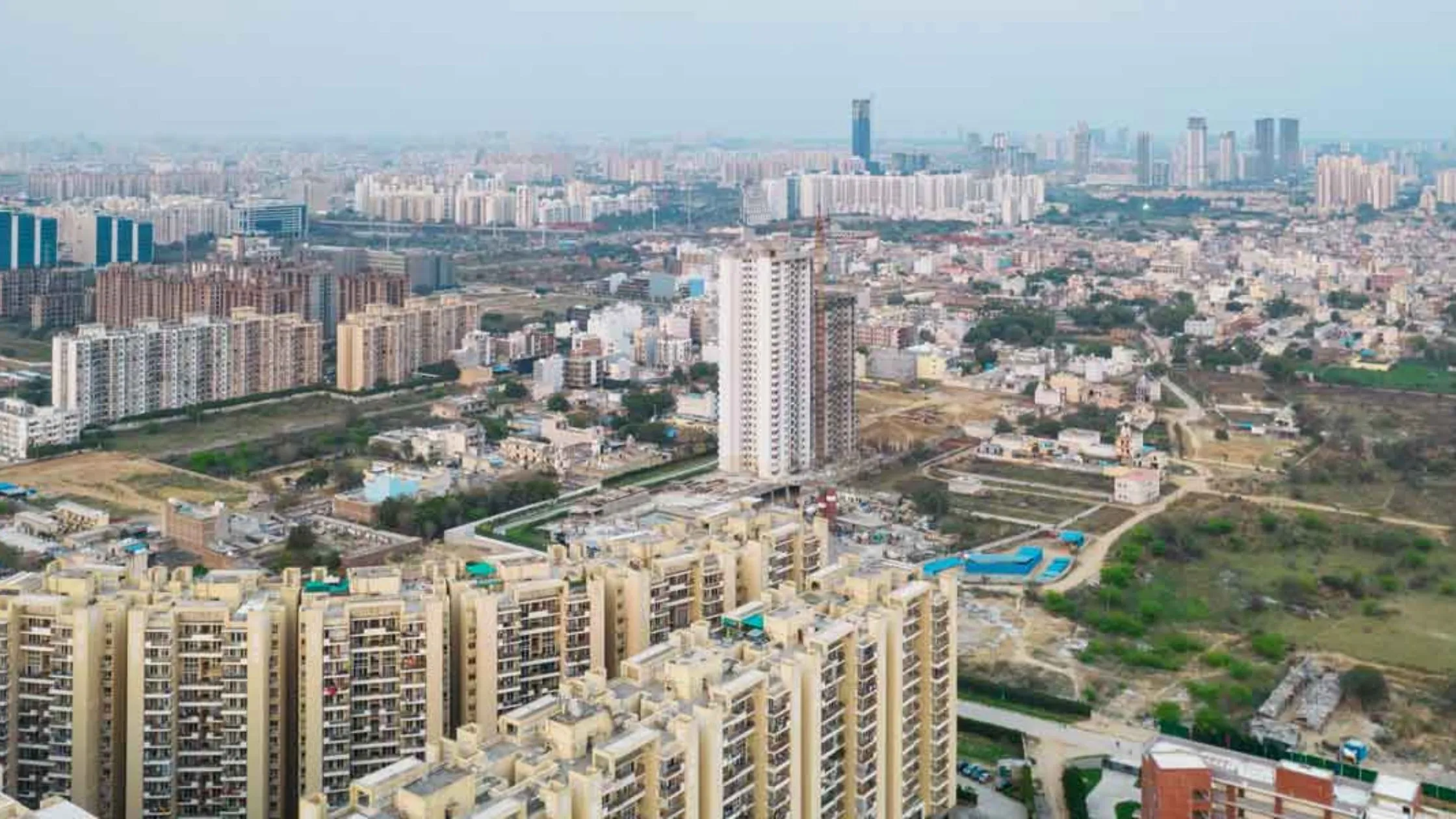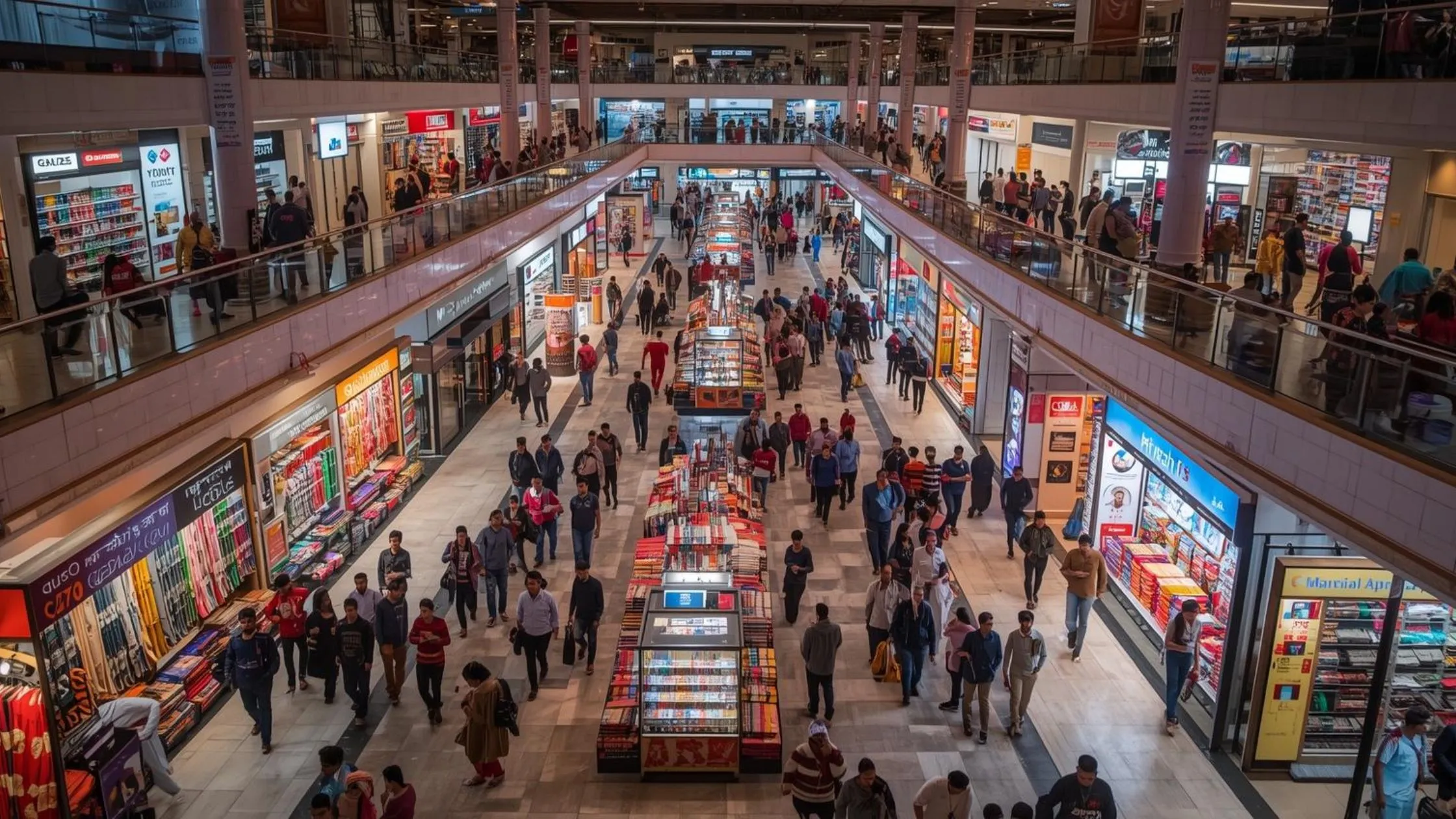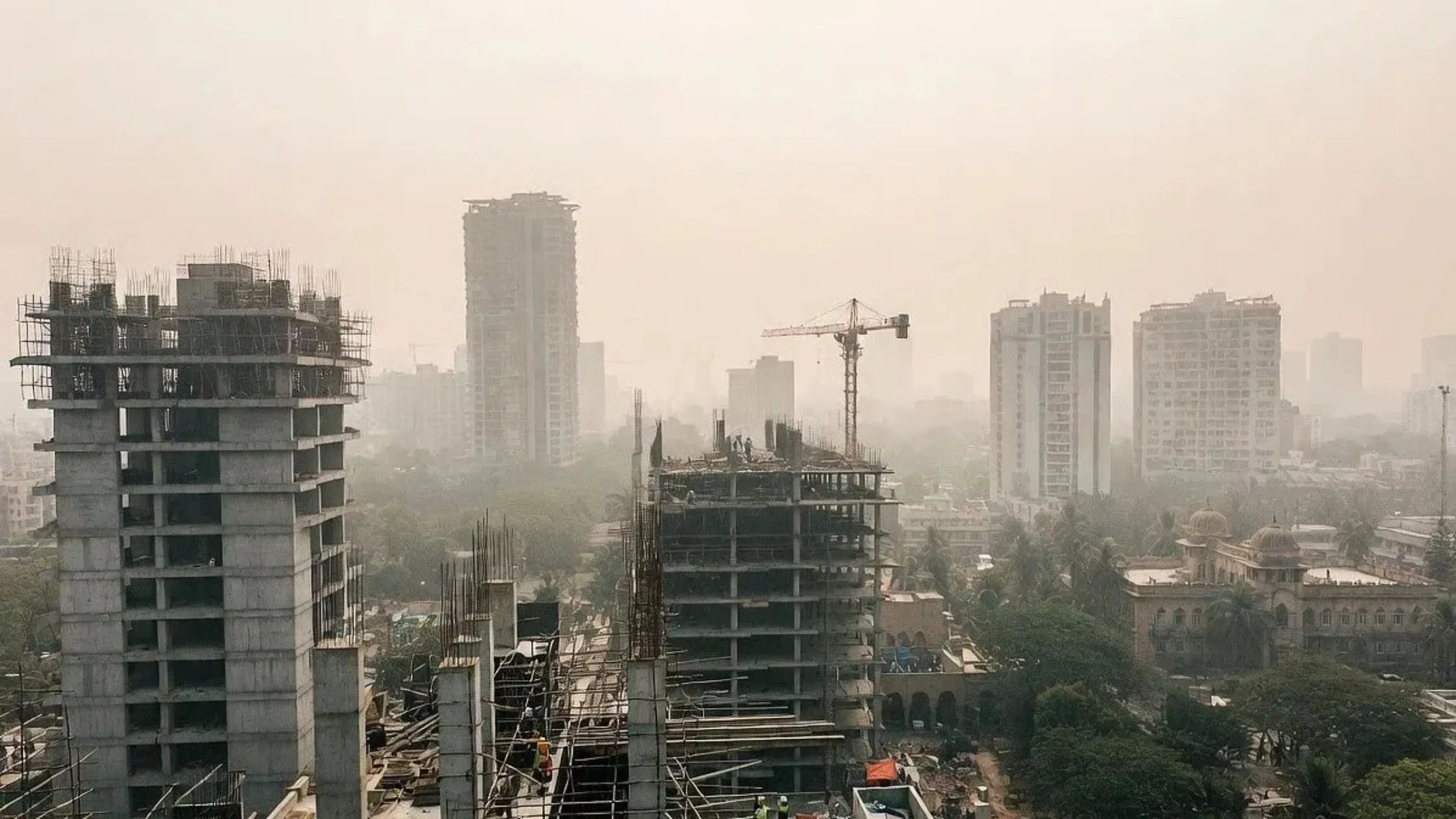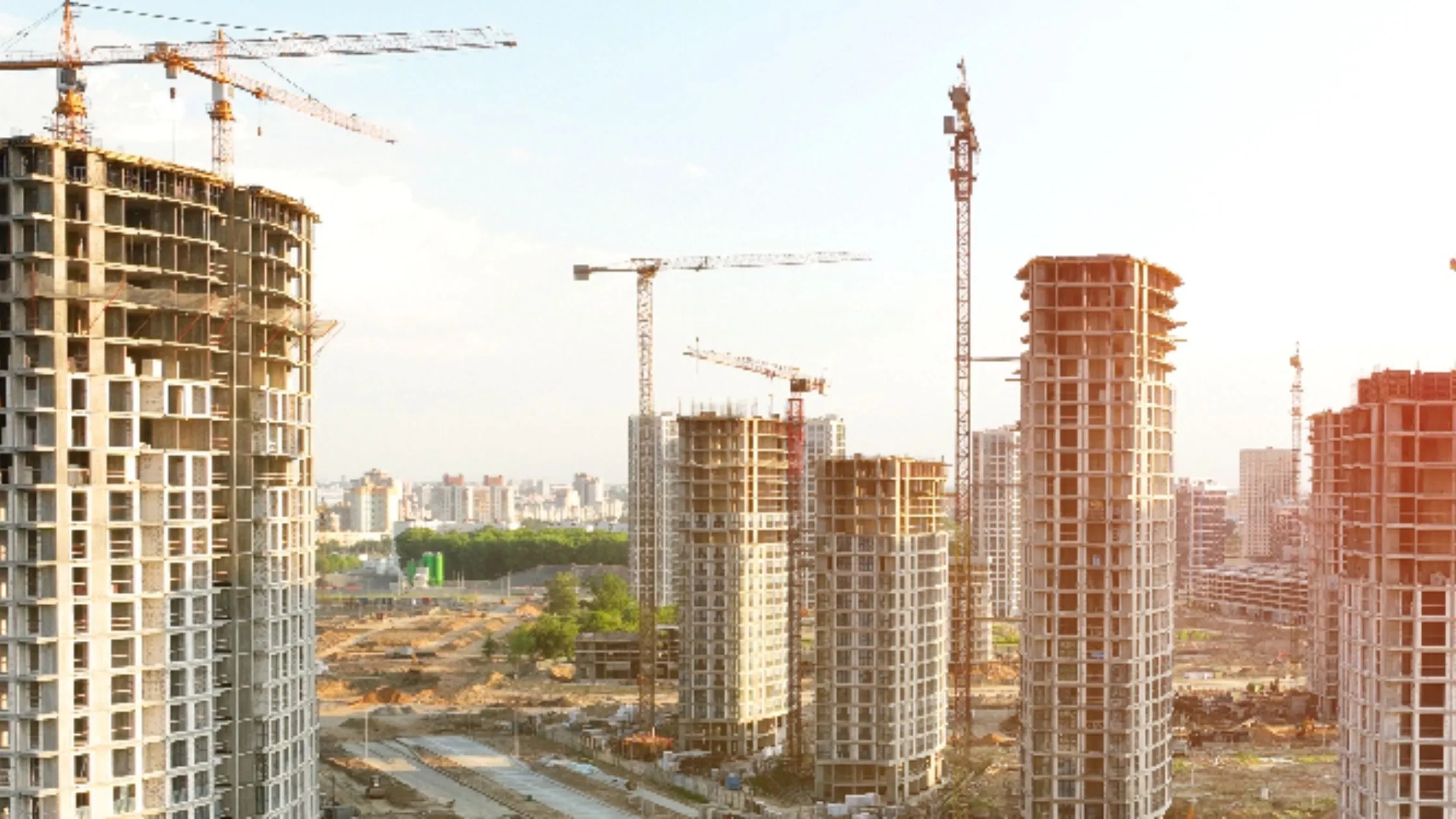Table of Content
Owning a home in India is becoming a far-fetched dream and utopian for the common person. Real estate prices have increased many times over, far beyond the salary increases in recent times, therefore, leaving many to feel they could only purchase a house if they fell in the privileged 5% or so of high net worth families. Soaring property rates and sluggish infrastructure development in the suburbs have further made the dream of a home purchase difficult for the buyer.
This blog shall talk about the gap between aspirations and affordability as debated by netizens and present its perspective on how people are coping and supposing how they might move forward from here.
The Current Scenario: Homeownership Out of Reach
The urban housing market in India is currently facing a seismic shift. The higher real estate prices in Tier 1 cities, especially in regions like Mumbai, Delhi-NCR, and Bengaluru, are pushing real estate out of middle-income families' reach. I say this the extreme example of increasing interest in purchasing properties in high-value localities or estates, which are naturally more expensive because they are close to places of work, have social infrastructure, and are considered safer areas.
Also, several users on social media platforms like Reddit have voiced they don't think it's realistic to wait for prices to be corrected. A Reddit user said:
"If you cannot buy a property today, you are not going to be able to buy it tomorrow by just hoping there's a better price.
This reddit user suggests there are situations where real estate prices are going up and will never correct, specifically in desirable markets.
Also Read: Tier 1 Cities to Witness 16 Mn Sq Ft Mall Expansion by 2026 Amid Demand
Focusing on Purchasing Power Over Waiting
Instead of waiting for an elusive market dip, experts and netizens alike suggest focusing on improving purchasing power. This can be achieved through:
- Diversified Income Sources: Exploring additional revenue streams such as freelance work, investments, or side businesses.
- Financial Planning: Creating a structured savings plan to allocate funds specifically for property investments.
- Smart Investments: Leveraging financial instruments like mutual funds or real estate investment trusts (REITs) to grow wealth over time.
By adopting these strategies, prospective buyers can bridge the gap between their aspirations and the financial realities of homeownership.
Challenges in Suburban Development
The underdevelopment of suburban regions of the city is one of the key issues that impacts housing affordability. Some cities in the world, such as New York City and London, have successfully managed housing issues through the development of well-connected, livable suburbs. For example, families that can't afford to live in Manhattan, tend to relocate to Brooklyn, thanks in part to good public transport and social infrastructure.
Conversely, India's suburbs and satellite towns come with delays in infrastructure developments, quality of life and safety, connectivity, etc. Thus, potential buyers often feel fitted in eliminating fringe properties from their options, therefore further driving demand and prices, even for pedestrian city centre properties.
Why Prices Are Unlikely to Fall
Despite concerns about affordability, property prices in Tier 1 cities show no signs of declining. Several factors contribute to this trend:
- High Investor Confidence: Real estate investors are confident in the long-term value retention of properties, particularly in growth hubs like Noida and Gurgaon.
- Supply-Demand Imbalance: A consistent shortage of affordable housing options exacerbates price hikes.
- Case Studies: Instances like the sale of a 1,730 sq. ft. apartment in Noida for over ₹2 crore highlight how prices remain firm even in mid-tier localities.
The confidence in the market is further fueled by robust leasing activity, with investors willing to hold out for higher offers rather than lowering prices.
The Cultural and Economic Shift in Housing
The perception of real estate is shifting from a necessity to a luxury. For many, owning a home is no longer an essential milestone but a symbol of status and wealth. This cultural shift reflects broader economic trends, where affordability is increasingly dictated by disposable income and financial planning rather than market corrections.
Also Read: VVIP Group to Invest ₹800 Crore in Luxury Housing Project in Greater Noida
Conclusion
Escalating real estate costs in India are reshaping the housing landscape, pushing homeownership further away for many folks. The imbalance between property values and income growth along with poorly developed satellite areas makes this a challenging time for homebuyers.
Although a price correction is unlikely soon, buyers should focus on solutions that improve purchasing power. Policymakers and developers also need to invest more in developing suburban infrastructure, making suburban and satellite areas a plausible option for middle-class families.
Buyers and stakeholders should pursue tangible and sustainable approaches to essenceatively close the affordability and access gap.
Follow AquireAcers Whatsapp Channel to Stay Updated With The Latest Real Estate News








Ans 1. Several factors contribute to rising home prices, including high demand in premium locations, investor confidence, limited supply of affordable housing, and sluggish suburban infrastructure development.
Ans 2. Indian suburbs often lack sufficient infrastructure, reliable public transportation, social amenities, and safety measures, making them less attractive compared to city centers.
Ans 3. Experts and netizens believe that in desirable markets, prices are unlikely to decrease due to strong investor confidence, high demand, and the long-term value associated with properties in growth hubs.
Ans 4. Buyers can focus on strategies like diversifying income sources, structured financial planning, and smart investments in financial instruments like REITs or mutual funds to enhance their purchasing power.
Ans 5. Yes, homeownership is increasingly being seen as a symbol of status and wealth rather than a necessity, reflecting broader economic and cultural shifts.
Ans 6. Cities like New York and London focus on developing well-connected and livable suburbs, enabling people to live in affordable areas while enjoying robust public transportation and social infrastructure.
Ans 7. Policymakers and developers need to prioritize suburban development, improve connectivity, and create affordable housing options to bridge the affordability gap for middle-income families.
Ans 8. Properties in Tier 1 cities are located in high-demand areas with better infrastructure, making them a reliable investment. Investor confidence and strong leasing activity further reinforce their value.
Ans 9. When demand outpaces supply, particularly for affordable housing, prices surge as buyers compete for limited options, driving costs higher.
Ans 10. Encouraging investment in affordable housing projects, offering tax incentives, and enhancing financial literacy for savings and investment planning can improve homeownership rates.